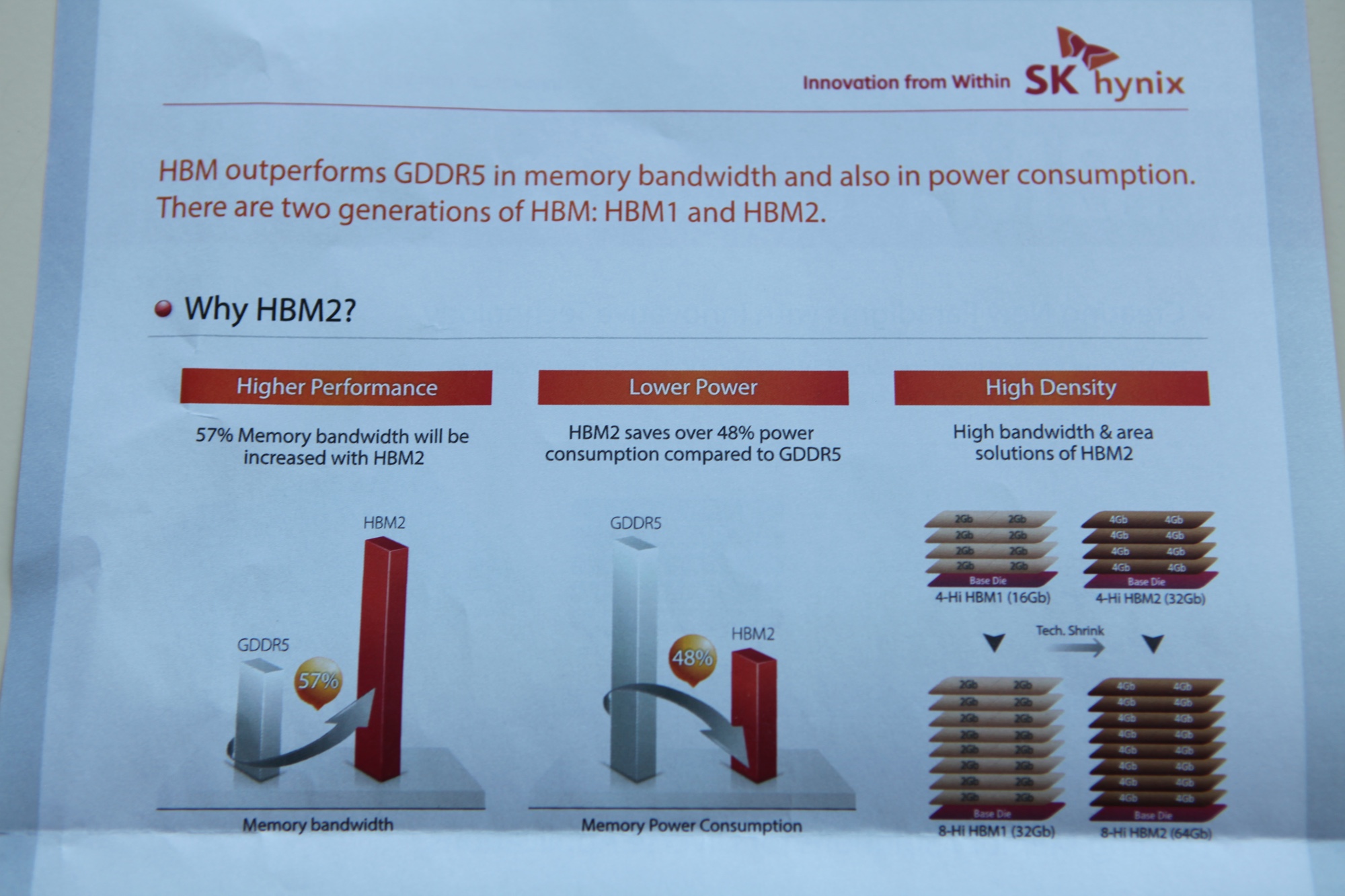Jawed
Legend
http://semiengineering.com/time-to-revisit-2-5d-and-3d/
This article lays out a variety of cost and yield factors.
Along the way is the interesting metric of 25c per square mm for an interposer, about 5x the cost of DRAM.
Clearly, throwing away an entire interposer because you broke it putting the memory on there is costly. But I can't find a discussion of yield rates for completed assembly of components upon an interposer anywhere, as yet. Getting yield for individual HBM modules after mounting on the interposer seems to be a distant prospect. Assessing yield in terms of the loss of one or more channels inside an HBM module due to assembly on the interposer seems like wishful thinking.
If that was a factor then redundancy would be built into the physical spec of HBM. It may well be already. In either case, the discussion of channel loss seems fruitless, though the rummage was interesting.
This article lays out a variety of cost and yield factors.
Along the way is the interesting metric of 25c per square mm for an interposer, about 5x the cost of DRAM.
Clearly, throwing away an entire interposer because you broke it putting the memory on there is costly. But I can't find a discussion of yield rates for completed assembly of components upon an interposer anywhere, as yet. Getting yield for individual HBM modules after mounting on the interposer seems to be a distant prospect. Assessing yield in terms of the loss of one or more channels inside an HBM module due to assembly on the interposer seems like wishful thinking.
If that was a factor then redundancy would be built into the physical spec of HBM. It may well be already. In either case, the discussion of channel loss seems fruitless, though the rummage was interesting.



